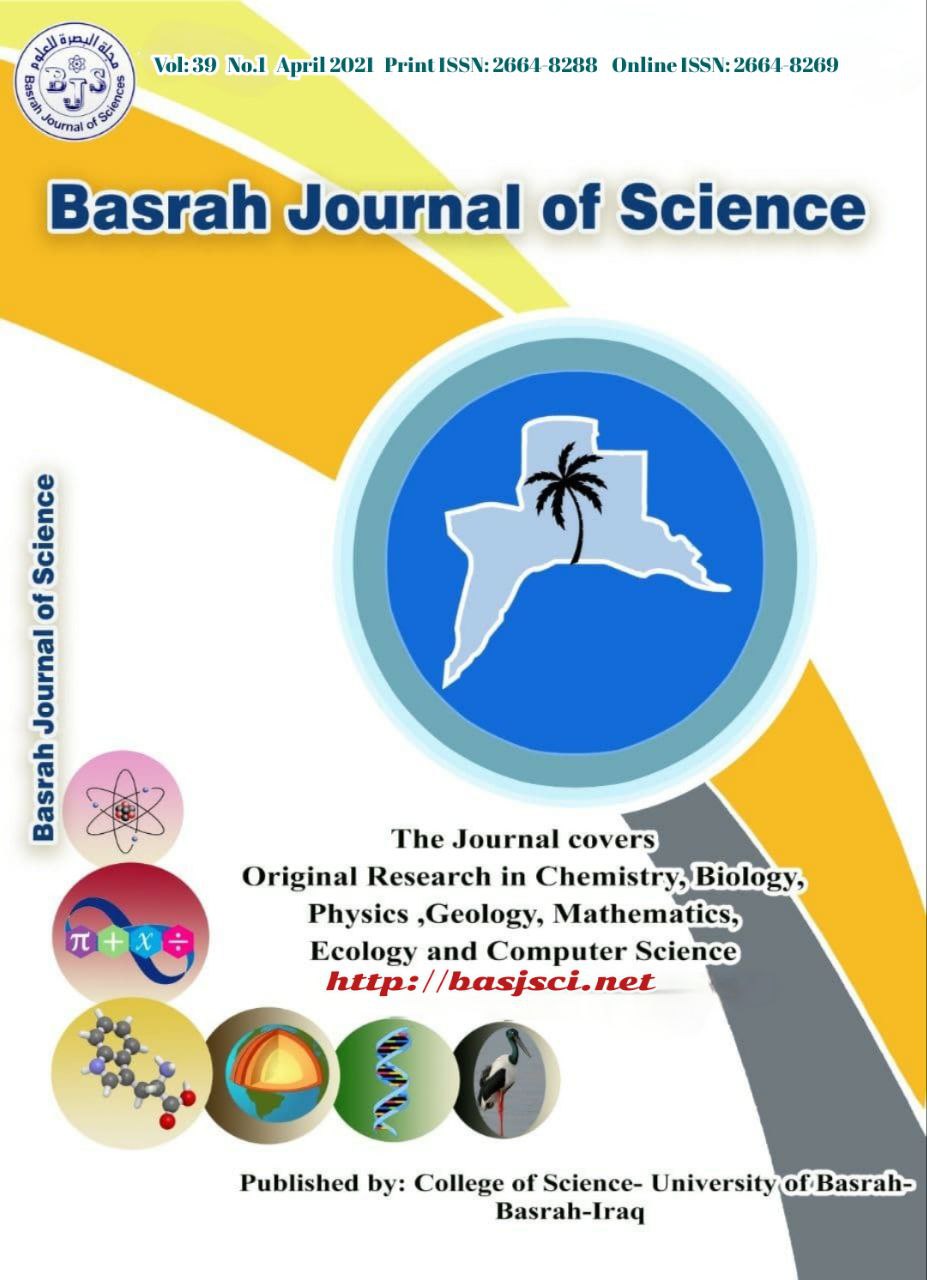Synthesis and Properties of Sulphonated Polystyrene, Their New Composites and IPNs
Keywords:
SPS, composites, IPNs, TGA and DSCAbstract
Sulfonated polystyrene (SPS) is a polyelectrolyte solid that is widely used in many applications. In this study, the sulfonation reaction of food packages polystyrene (PS) waste was done using sulfuric acid as a sulfonation agent, with the variation of concentration and time. The degree of sulphonation was determined. Composites from SPS and two types of fillers (carbon black and nanosilica) were synthesized, and new IPNs between SPS and phenolic resin type novolac were prepared. The characterization of the sulfonated product and its IPNs has covered functional groups' analysis using FTIR spectrophotometers. On the other hand, tensile and modulus of the SPS composites were determined, and the results showed that the tensile strength and modulus increased with increasing filler content ( 0.48 Map for SPS alone to 1.051 Map when the percentage of Nano silica 7% ) while the modulus increased from 0.527 Map for SPS alone to 1.272 Map when the percentage of Nano silica 7% , The same results were obtained in the case of carbon black as filler. The water absorption of the prepared thin films for SPS was greater than that of PS alone due to the presence of a polar sulphonic group in their polymer chains . The thermal behavior of SPS and their IPNs also studied and evaluated using TGA and DSC techniques; the results show that the decomposition temperature was more than 300 oC
Downloads
Downloads
Published
Issue
Section
License

This work is licensed under a Creative Commons Attribution-NonCommercial 4.0 International License.


